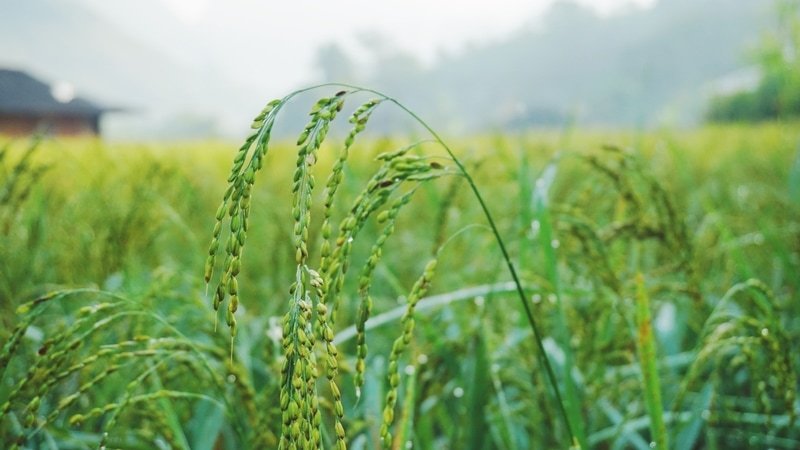
Agriculture
Smart management of water for agriculture can reduce energy needs, increase carbon sequestration into soils and vegetation, improve water retention, and reduce GHG emissions.
The Challenge
An estimated 12% of global greenhouse gas emissions (GHG) come from agriculture. Water-related agriculture emissions include nitrous oxide, and methane emissions from fertilizer use and crop production as well as indirect emissions of CO2 from energy used for irrigation and pumping. Rice and soy are the most GHG intensive crops, where traditional methods of flooding crops triggers decomposition of soil organic matter and releases methane. As a result, rice production accounts for 8% of global anthropogenic methane emissions. Changing large and smallholder farming techniques requires extensive efforts and investment in the capacity of institutions and farmers. This would need to be linked and integrated in national agriculture, water, and climate planning and processes.
-
• As a sector, rice cultivation has GHG emissions comparable to the aviation industry and uses over one-third of global irrigation water.
• Improved water management practices have been shown to reduce GHG emissions by 30%-70% without affecting yields or increasing costs.
• As of 2022, among the 117 countries with rice farming activities, 36 countries included rice cultivation as part of their updated NDC commitments, of which half prioritized water in either mitigation or adaptation actions.
Solutions
Smart management of water for agriculture can reduce energy needs, increase carbon sequestration into soils and vegetation, improve water retention, and reduce GHG emissions.
Alternative practices, such as the use of drip irrigation or system of rice intensification (SRI) that instead keeps soil moist through intermittent flooding and drying have proven to dramatically reduce water use and GHG emissions while also increasing yield per unit of land. Rice also has the easiest potential for emission reductions, as 50–90% of methane production can be eliminated by shifting traditional farming techniques where rice paddies are flooded. This can result in lower demand for water with positive impacts on yields.
Many widely promoted agricultural practices can further reduce water demand and pollution while maintaining or enhancing soil carbon sequestration. These include actions such as conservation tillage, crop rotation, cover cropping, and preventing overfertilization (which can in turn reduce soil erosion, reduce fertilizer use, and lessen nutrient runoff into reservoirs). Use of seaweed as feedstock for cows reduces methane emissions from livestock significantly, potentially lowering total emissions from cattle by 10 percent.
Additional actions to reduce emissions can include the reuse of treated water for agricultural purposes, limiting the level of pollutants leading to GHG emissions in drained water, regulation and investment to improve energy efficiency in agricultural water use.
Related WINZ News and Resources
Further Reading
White Paper | Sustainable Rice NDC Alliance
Guide to supporting agricultural NDC implementation: GHG mitigation in rice-production in Vietnam
The purpose of this document is to serve as a guide for research to support national partners to plan, finance, and implement the agricultural NDCs.
Information Note | Rice cultivation ambition in the new and updated NDCs: 2020-2022, CGIAR 2020-2022
Analysis of agricultural sub-sectors in countries’ climate change strategies.
RICE+ Mission Paper hub for regenerative ricescapes




